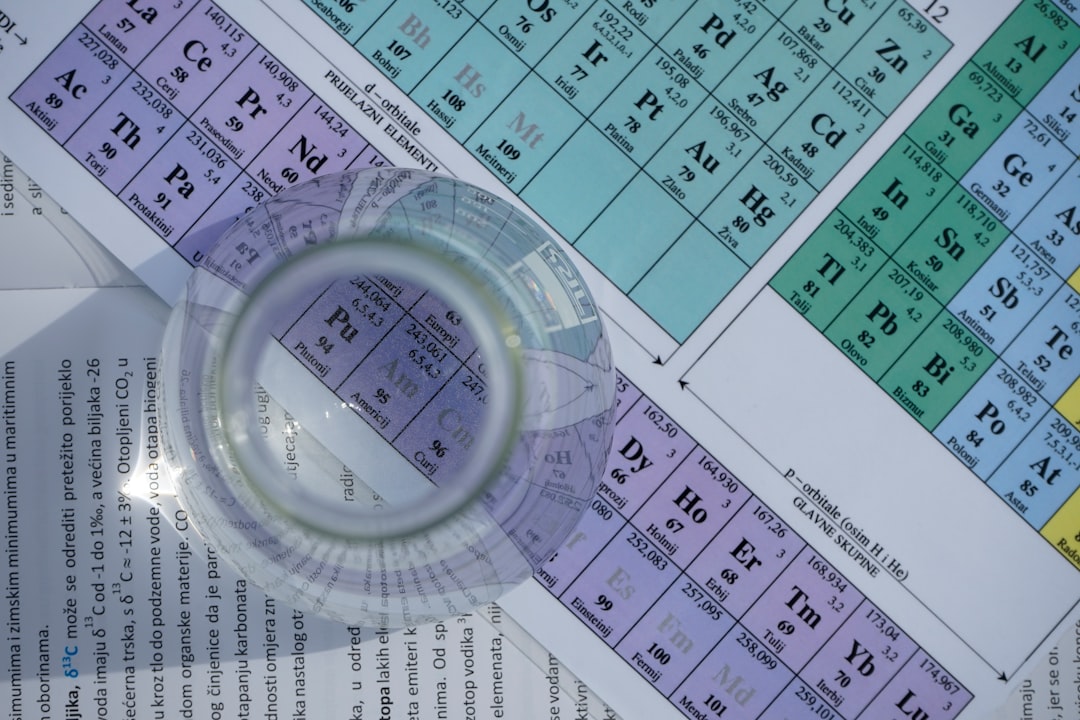What is it about?
An overview of advancements in traditional and XEC reaction manifolds for the construction of C(sp3)− C(sp3) bonds is provided. The strategies and methods showcased in this review demonstrated the power of improved catalytic systems for alkyl−alkyl bond formation. In addition, the collection of useful catalysts and ligands provide a powerful toolbox for the effective construction of bonds from a variety of coupling partners.
Featured Image

Photo by Chromatograph on Unsplash
Why is it important?
Transition-metal-catalyzed reactions for the construction of alkyl−alkyl bonds are the most versatile types and have become prospects for the next revolution in organic synthesis. An sp3-hybridized carbon has a three-dimensional spread; due to this, the hydrophilicity of the compound is greatly enhanced. Therefore, C(sp3)−C(sp3) cross-coupling reactions have attracted interest in exploring the chemical space by introducing more asymmetric sp3-hybridized carbons into drug candidates.
Perspectives
The progress that has been made toward C(sp3)–C(sp3) bond formation (traditional and cross-electrophile couplings) is highlighted.
Dr. Kranthi Kumar Ramagonolla
Harvard University
Read the Original
This page is a summary of: Recent Advances in C(sp3)–C(sp3) Cross-Coupling Chemistry: A Dominant Performance of Nickel Catalysts, Organometallics, March 2022, American Chemical Society (ACS),
DOI: 10.1021/acs.organomet.2c00032.
You can read the full text:
Contributors
The following have contributed to this page










